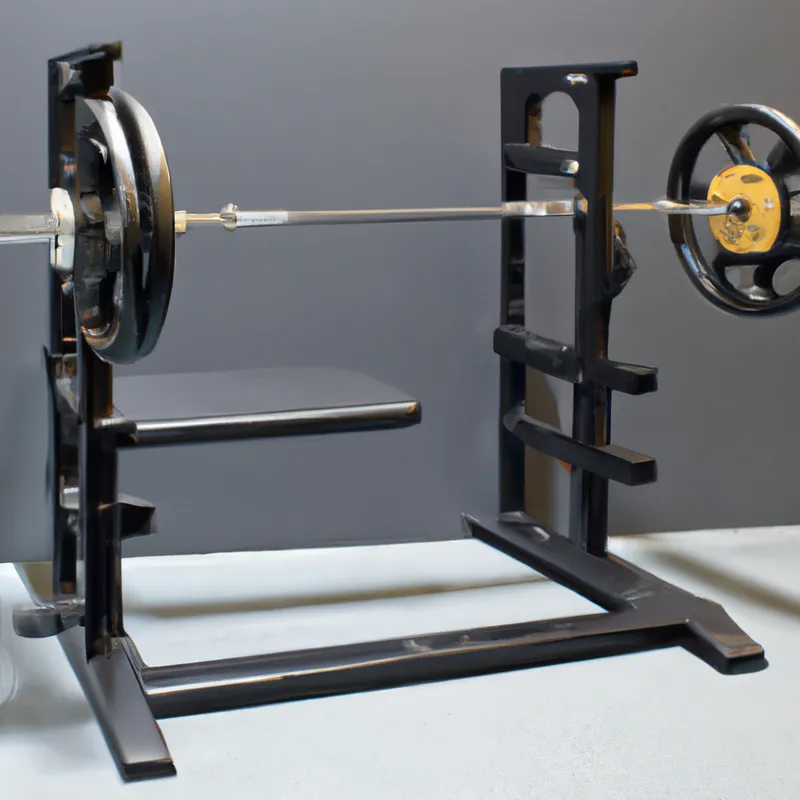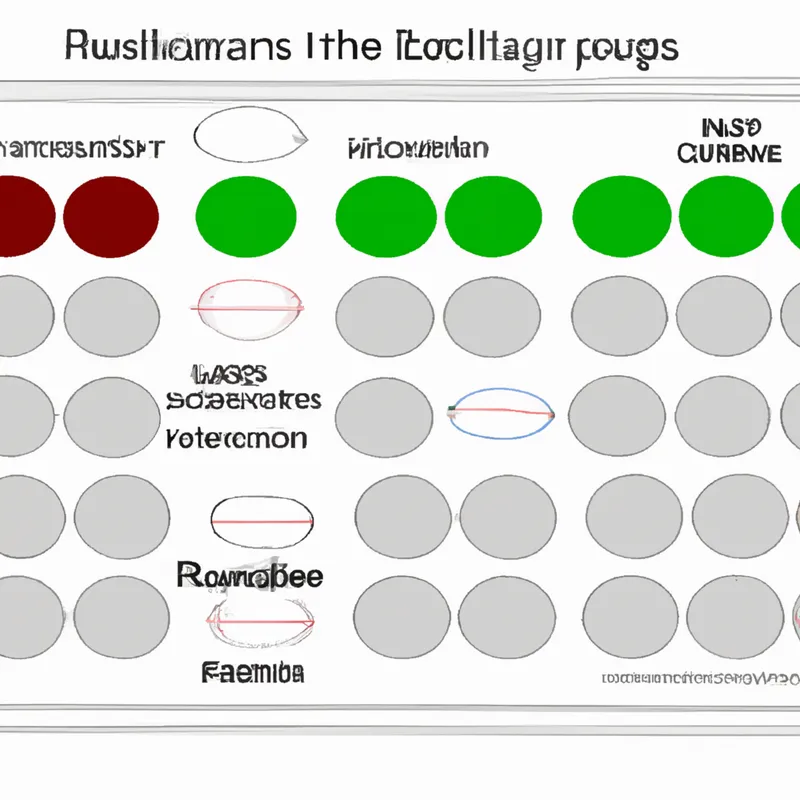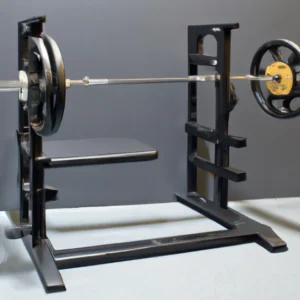Measure Training Load with Precision Today
Using Force Plates to Analyze Training Load in Athletes
Athletes strive to improve performance while minimizing injury risks. Analyzing training load effectively achieves this balance. Force plates help coaches and athletes understand training impacts on performance. This blog explores how force plates work, tips for usage, data interpretation advice, and their benefits.
What Are Force Plates?
Force plates measure forces exerted by the body during activities. They provide data on ground reaction forces and athlete responses. Coaches analyze this data to monitor training load and make informed training decisions.
How Force Plates Work
When an athlete stands on a force plate, it records the acting forces. These forces include vertical, horizontal, and shear forces. The plate converts these forces into analyzable data. This analysis helps coaches assess performance, fatigue levels, and competition readiness.
Tips for Using Force Plates Effectively
Follow these tips to maximize force plate benefits. First, calibrate athletes properly for accurate measurements. Second, conduct regular assessments for a comprehensive view of progress.
Choose the Right Tests
Select tests that align with training goals. Common tests include jump tests, squat tests, and balance assessments. These tests provide insights into strength, power, and stability. Focusing on the right tests yields relevant data for assessing training load.
Train Athletes on Proper Technique
Train athletes on correct techniques before using force plates. Proper technique ensures accurate results and injury risk minimization. For instance, athletes should land softly during jump tests to avoid skewed data.
Interpreting Force Plate Data
Analyzing force plate data can be complex but essential for understanding training load. Start by examining peak force, impulse, and rate of force development. These metrics provide insights into strength and power capabilities.
Monitor Trends Over Time
Instead of focusing on individual tests, identify performance and fatigue trends over time. For example, a decreasing peak force over weeks may indicate fatigue or training adjustments needed.
Consider External Factors
Various external factors can influence force plate data. Nutrition, sleep, and mental stress can affect performance. Consider these elements for a more accurate assessment of training load.
Benefits of Using Force Plates
Using force plates offers numerous benefits. First, they provide objective data for informed decision-making. This objectivity allows targeted training tailored to athletes’ needs.
Improve Performance
Analyzing force plate data helps coaches identify strengths and weaknesses. This knowledge enables better training programs that enhance performance. For example, targeted strength training can address specific power deficits revealed in jump tests.
Reduce Injury Risk
Force plates help reduce injury risk by monitoring training loads. Coaches identify when athletes overreach and make necessary adjustments. This proactive approach supports long-term athlete health.
Enhance Recovery Strategies
Using force plates can improve recovery strategies. Data informs coaches about necessary rest or lighter training loads. Tailored recovery protocols help athletes recover effectively after intense sessions.
Conclusion
Incorporating force plates into training programs offers valuable insights into training load. Understanding how to use these tools effectively allows coaches to enhance performance and reduce injury risks. Regular assessments, proper technique, and data interpretation optimize athlete training. Ultimately, force plates serve as powerful allies in achieving peak athletic performance.
Below are related products based on this post:
FAQ
What are the primary functions of force plates in athlete training?
Force plates measure the forces exerted by the body during various activities, providing data on ground reaction forces and athlete responses. This information helps coaches monitor training load and make informed decisions to enhance performance and minimize injury risks.
How can coaches effectively interpret force plate data?
Coaches should begin by analyzing key metrics such as peak force, impulse, and rate of force development to gain insights into strength and power capabilities. Additionally, monitoring trends over time rather than focusing solely on individual tests can help identify performance and fatigue patterns, allowing for better training adjustments.
What are the benefits of using force plates in training programs?
Using force plates provides objective data that aids in informed decision-making, improves performance by identifying strengths and weaknesses, reduces injury risk by monitoring training loads, and enhances recovery strategies by tailoring rest and training loads based on the data collected.















Post Comment